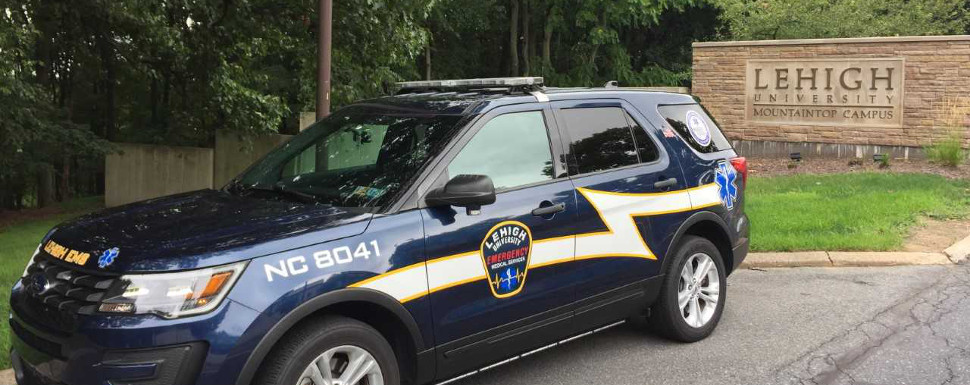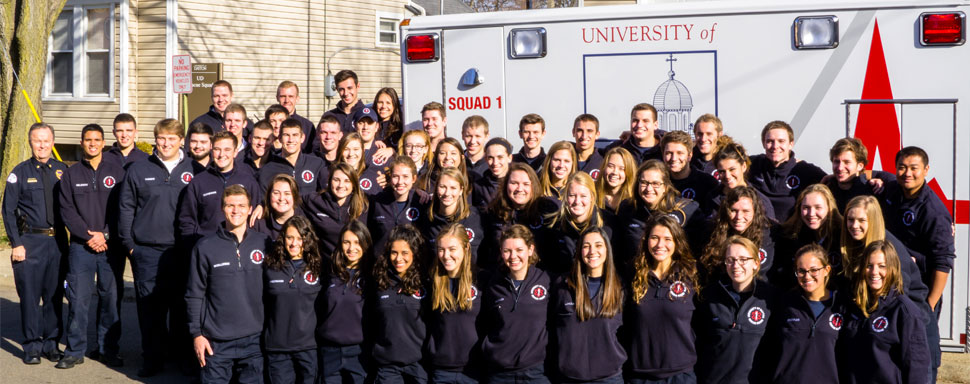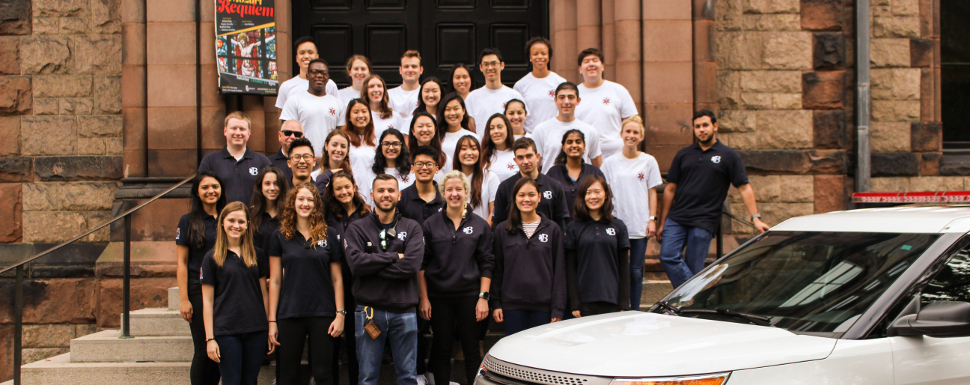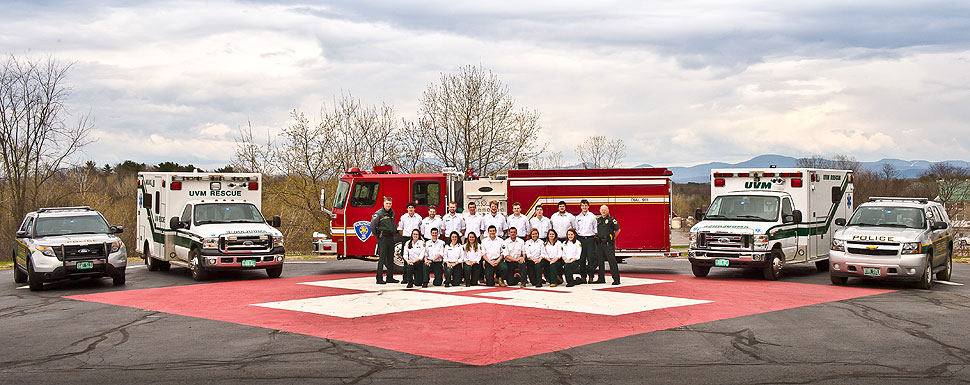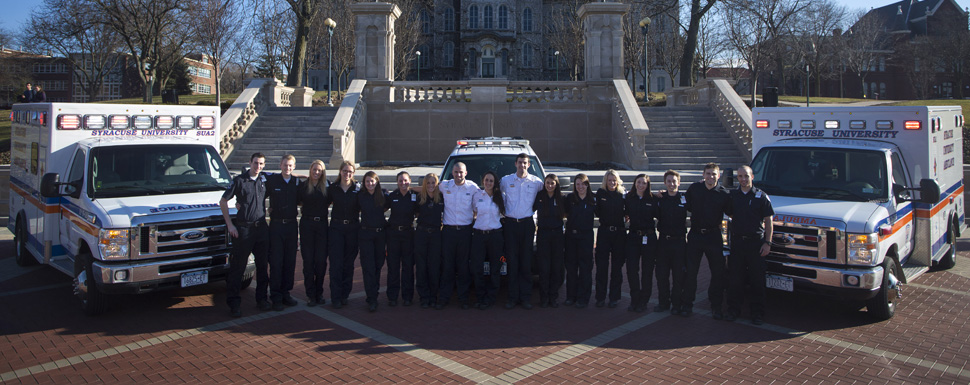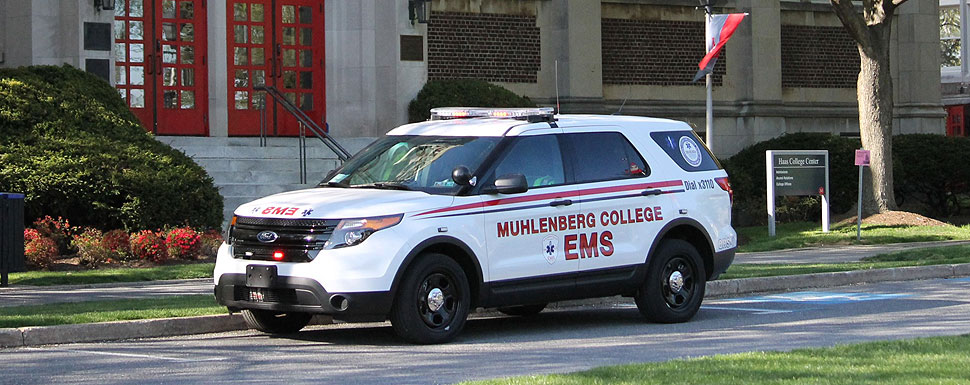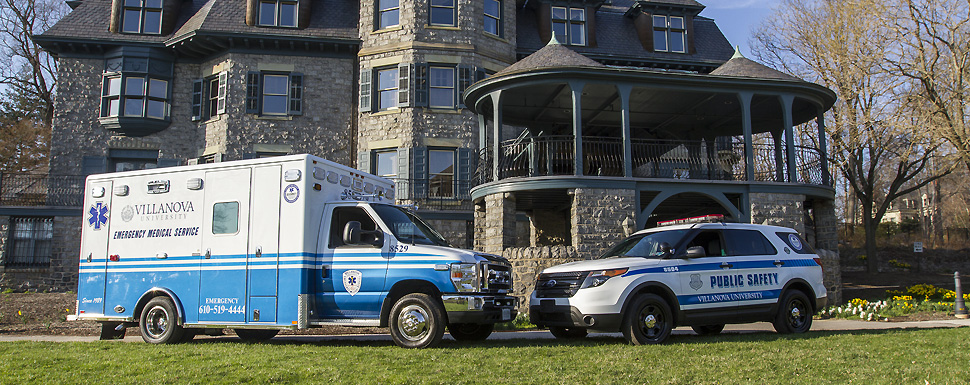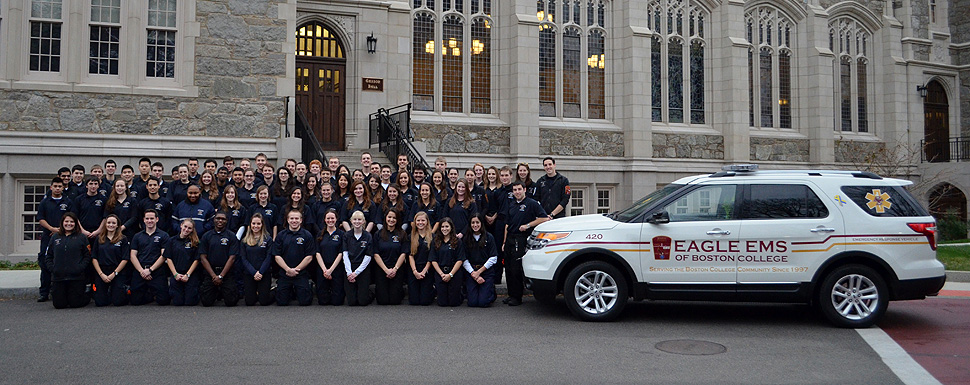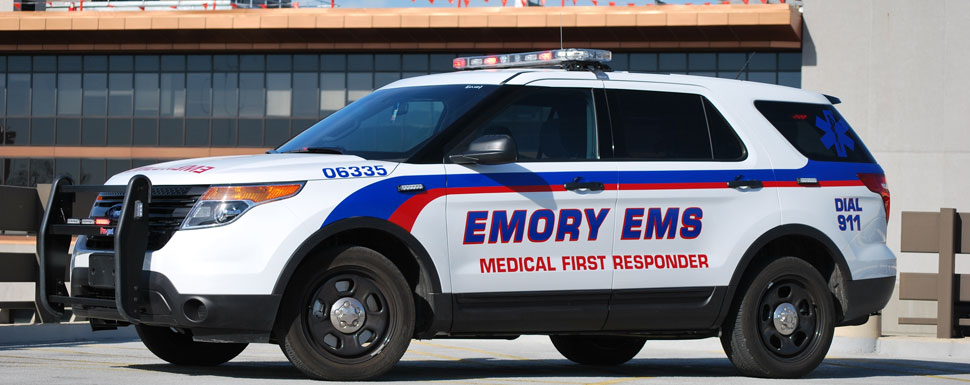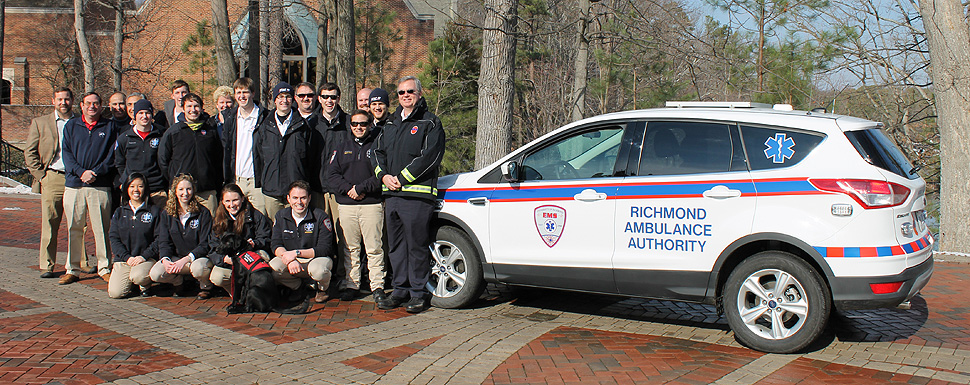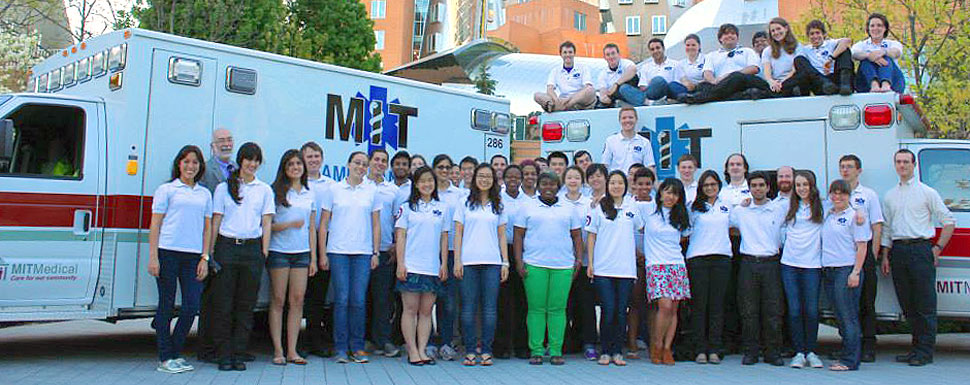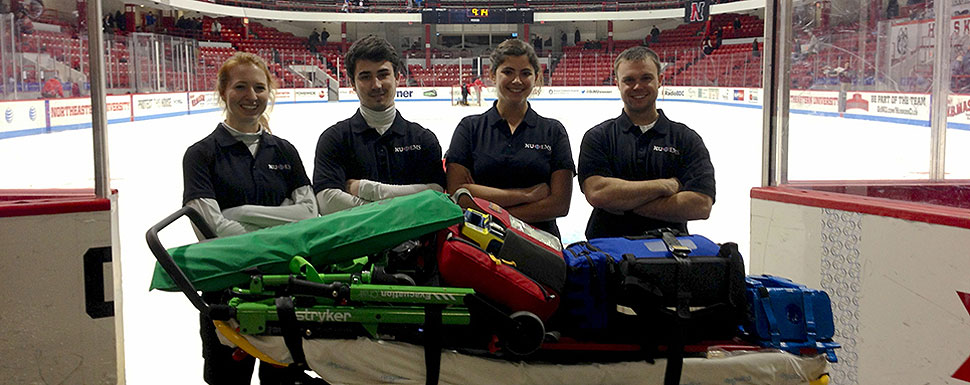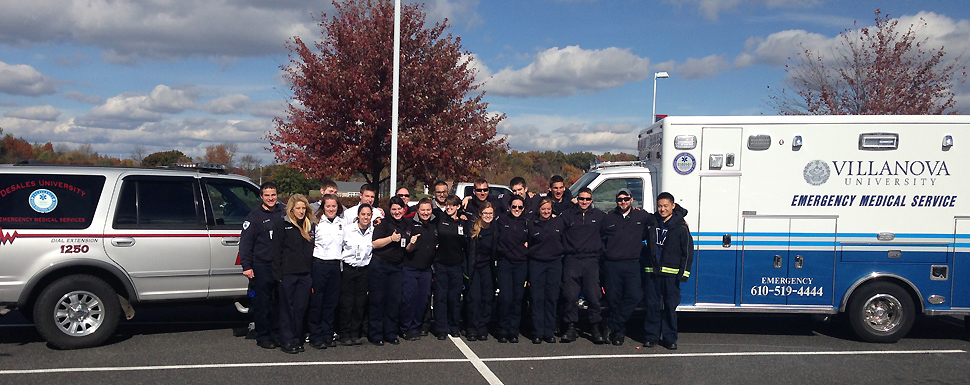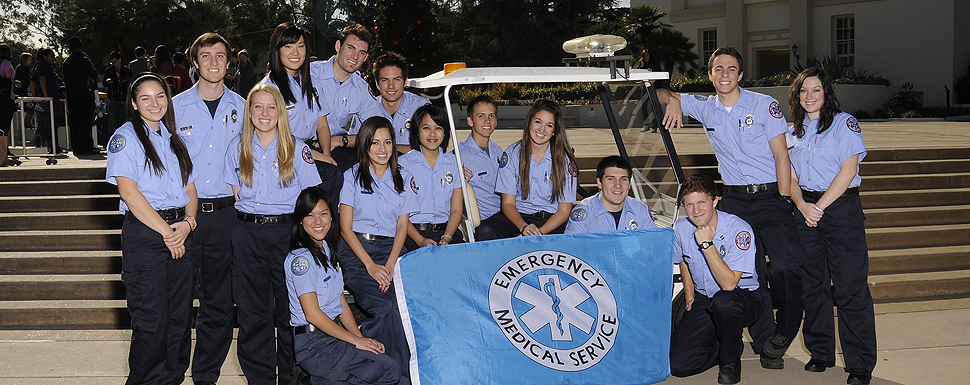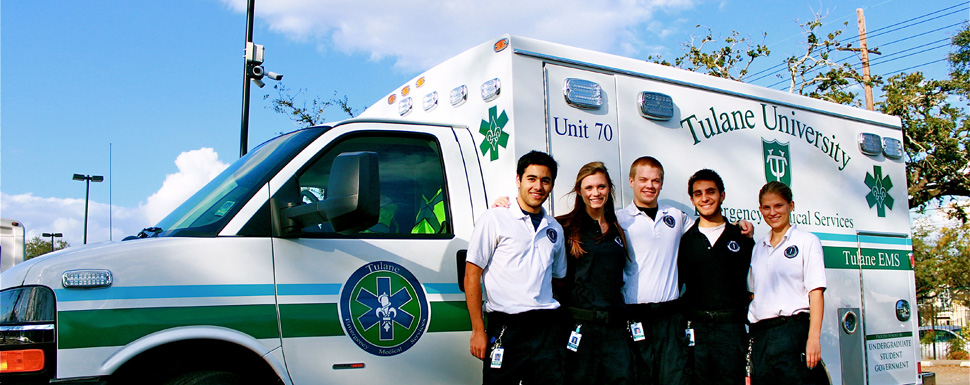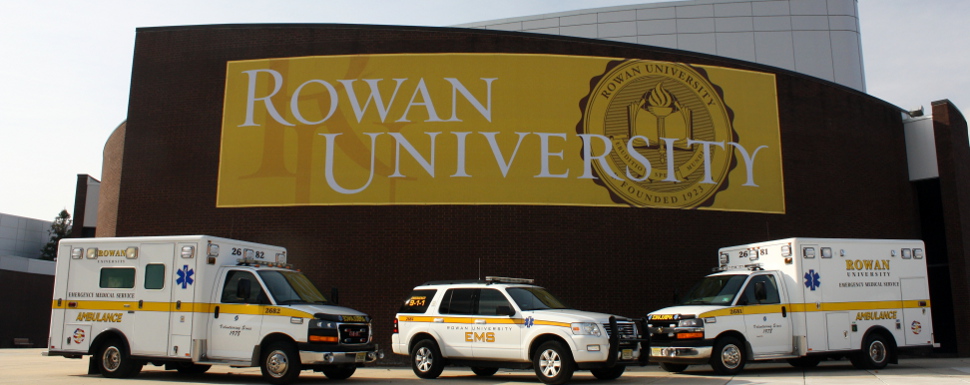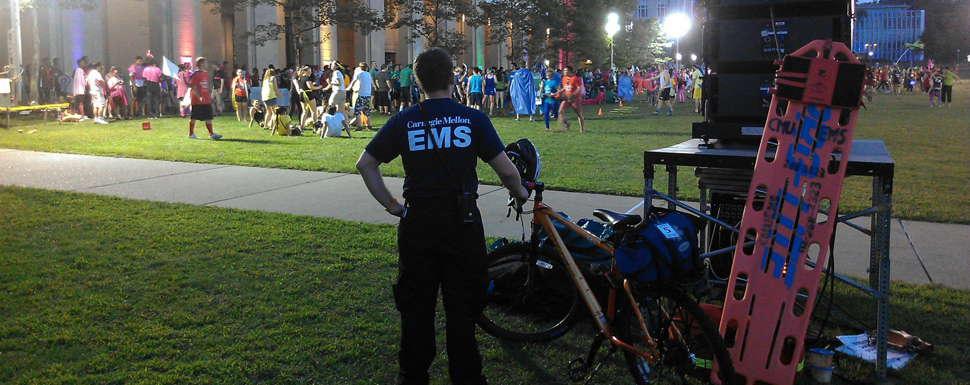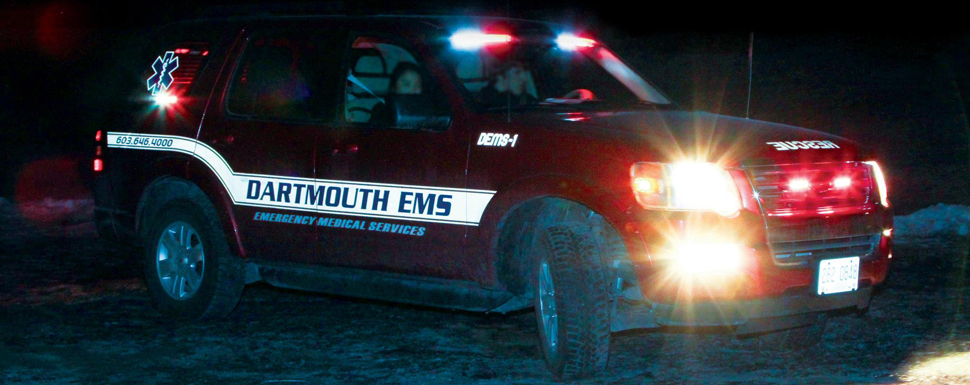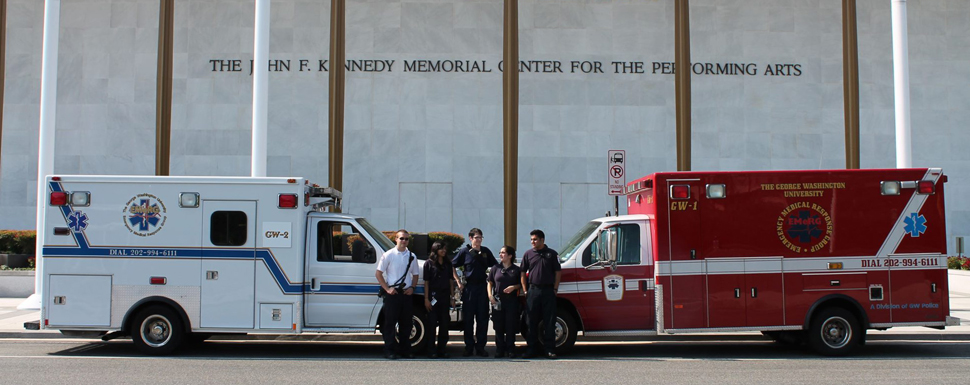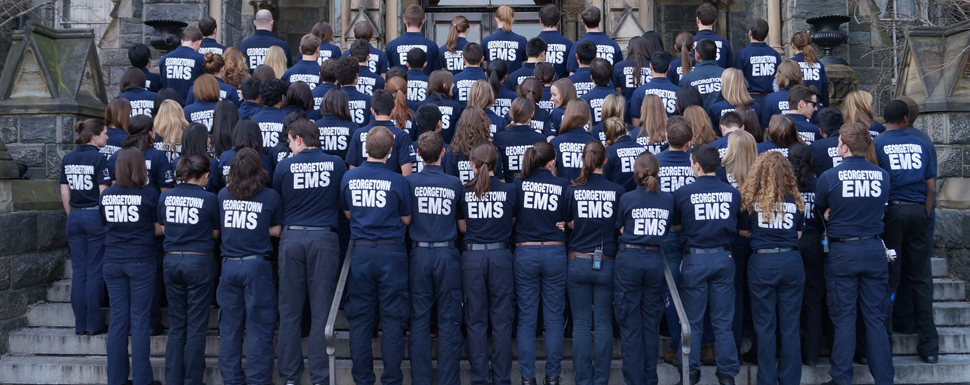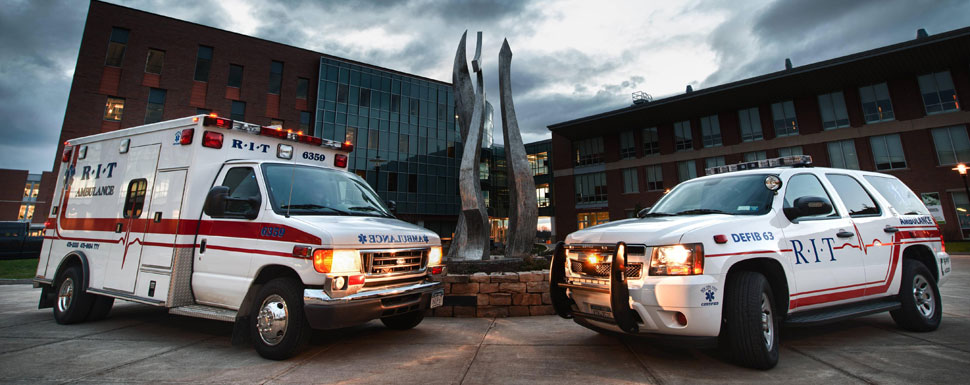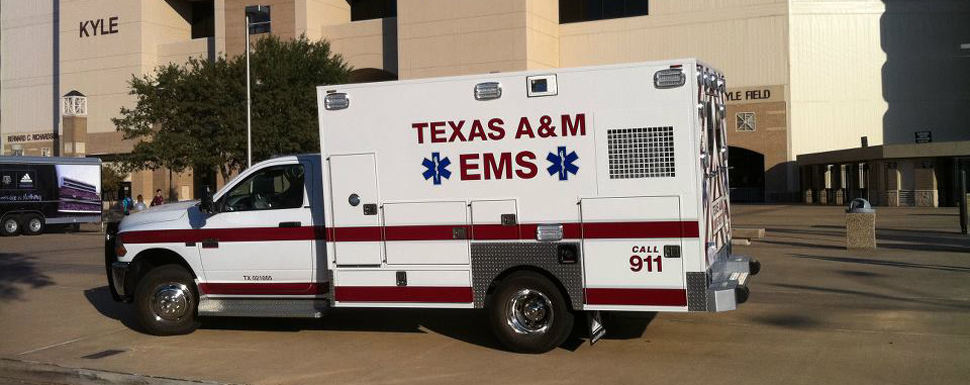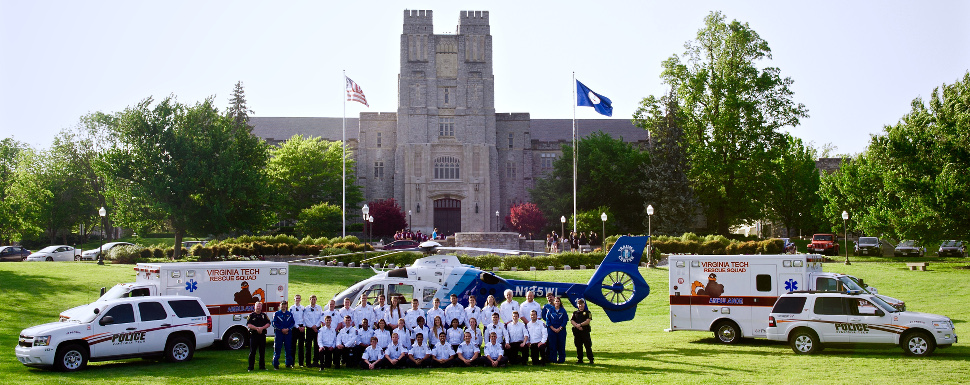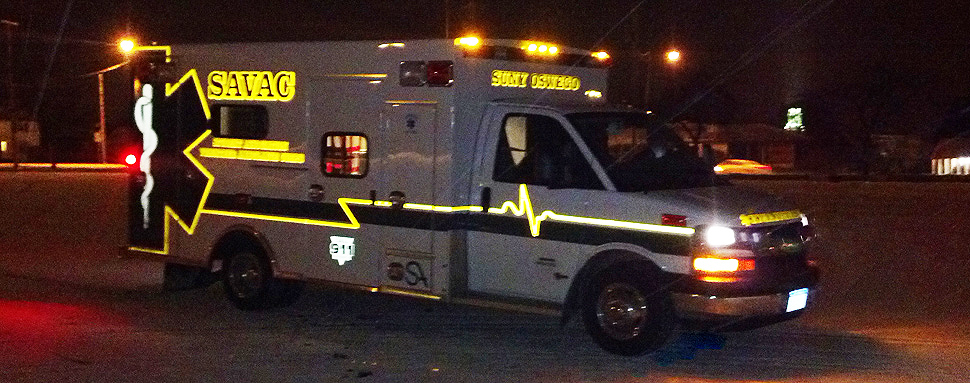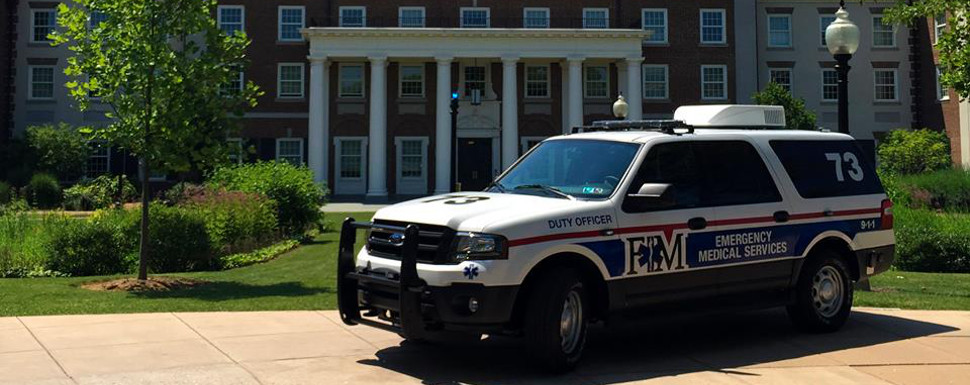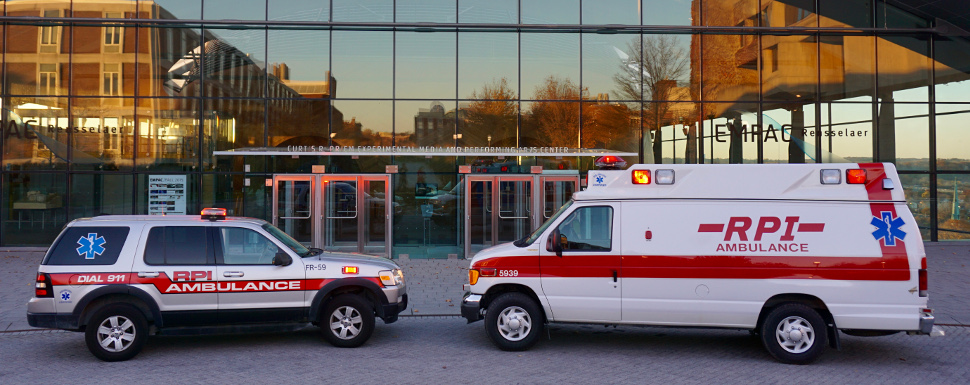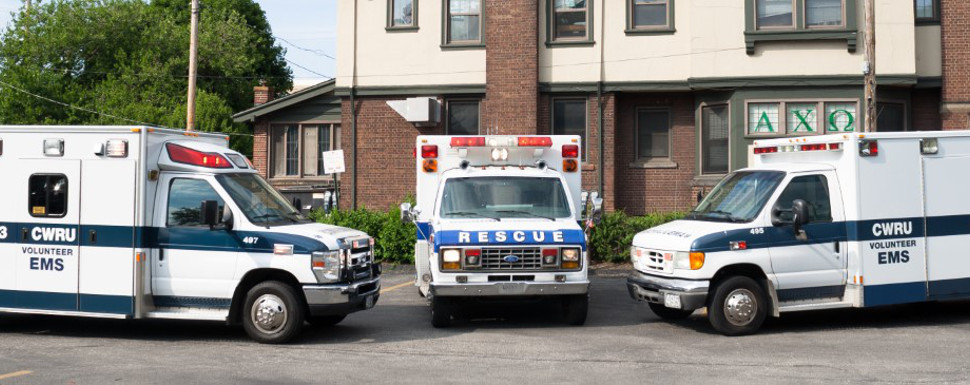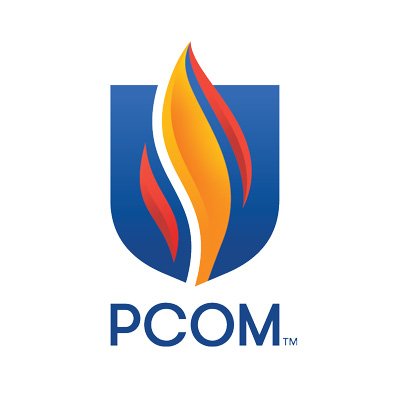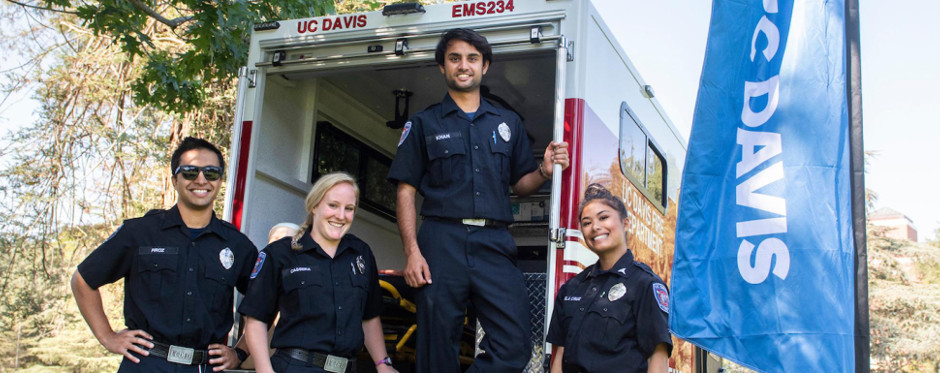
Rice's New EMS Helps Save a Life
Rice News, Volume 6, Number 13
By Lisa Nutting
Rice News Staff
Less than two weeks after the Rice University Emergency Medical Services (REMS) was implemented on campus, the organization was put to the test. A woman attending a wedding reception Oct. 12 at Cohen House collapsed from cardiac arrest and REMS came to the rescue.
Around 10:30 that night, Alisha Young, a Hanszen College sophomore and off-duty REMS volunteer, was talking with fellow wait staff employees in the Cohen House kitchen when someone ran through the double doors to say a guest from the wedding party had collapsed.
Upon hearing the news, Young pushed her way through the crowd to find the victim face-down on the floor. Bystanders called Rice University Police Department and 911.
When Young arrived, the woman's brother-in-law, who is a physician, and a cardiologist attending the wedding were at her side. Young helped the doctors "log roll" the woman over, finding the victim was not breathing and had no pulse. The three rotated in performing cardiopulmonary resuscitation (CPR) until Houston Fire Department emergency personnel arrived.
While Young acknowledged the incident was "kind of frightening," she said her Emergency Medical Technician (EMT) training, which she received through a Rice course during the spring semester, served her well and she was able to jump right in to help.
"I just think it's good to have a basic knowledge," Young said. "Things like that can happen any minute, so knowing what to do is very important."
After nearly five years of planning, REMS became a reality on Oct. 4. Mark Escott '96 was the motivating force behind the program, as he persevered in gaining insurance, administrative and budget approval. Though Escott did not see REMS come unto its own while a student at Rice, he is now the program's director and serves as a shift supervisor.
REMS is volunteer-run, enlisting the help of 20 EMTs and three supervisors. Most EMT volunteers serve one to three 12-hour shifts per week, while Escott, his brother Mike Escott, a junior at Jones College, and Jones sophomore Noah Reiter rotate supervisory shifts. Two EMTs and a volunteer supervisor are on duty at all times.
Twenty-three students enrolled in the spring semester EMT course and most are now volunteers at REMS. Since the Cohen House incident, many students have expressed interest in the program, Reiter said. The course will be offered again this spring at Rice.
Reiter noted that while all volunteers except Mark Escott are students, REMS is open to all members of the Rice community.
"The more volunteers the better," said Reiter said. "[More volunteers] would take the burden off a lot of the people we have right now."
As Young and the doctors applied CPR at Cohen House, a few blocks away on-duty REMS supervisor Reiter received a page from Rice police. He was informed of the emergency situation and minutes later arrived at the scene.
Reiter pulled up as the first Houston Fire Department (HFD) ambulance arrived. Young, who had made her way to the front of the building upon hearing the ambulance siren, cleared the entryway to allow room for emergency personnel to pass through with their equipment.
"It was obvious it was much more serious than I thought it was," Reiter said. "Just walking in and seeing the reaction on people's faces. ..."
Within minutes, however, the situation turned from bleak to bright. Emergency personnel used a defibrillator to shock the woman's heart into action. The defibrillator worked, and 10 minutes after HFD's arrival the woman developed a stable heart rate and pulse.
"Very rarely does CPR save someone's life," Reiter said. "It buys time. What does [save lives] is the defibrillator." Two or three minutes later, while the woman was being loaded into the ambulance, she regained consciousness.
"It was a big relief when we got her into the ambulance and she was asking to go back to the party," Young said. "It's very rare that we get someone to come back so soon and become so alert."
Reiter, who spoke with the victim about a week after the incident, said, "She was very appreciative for what our folks did for her. She realized that basically she was dead and that she was lucky to be alive. Everything that could have gone right went right on this call."
For more information on REMS or the Emergency Medical Technician course, E-mail Reiter at njreit@rice.edu.

